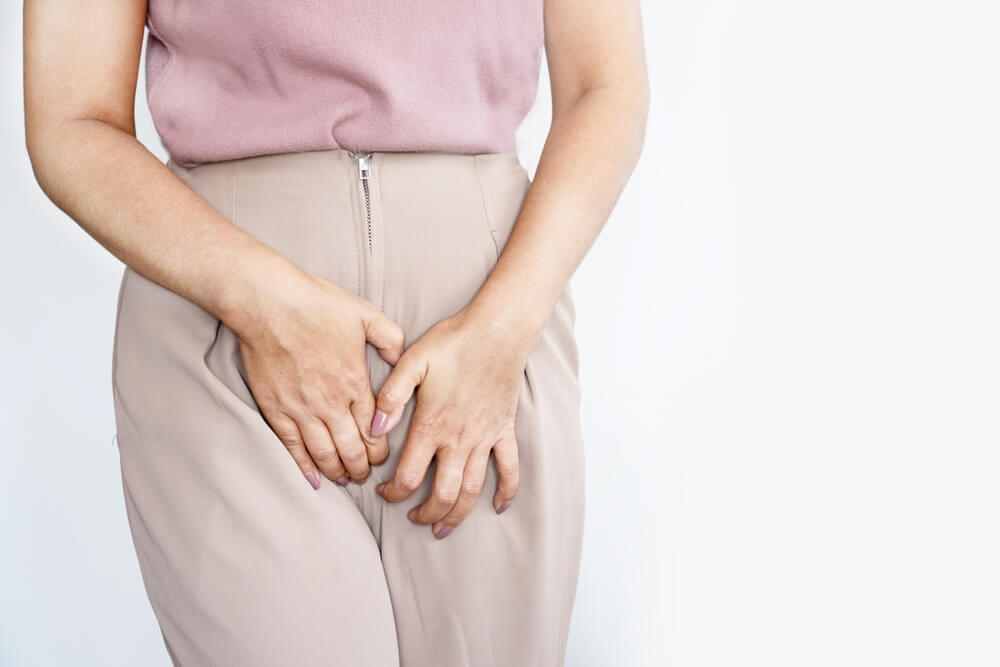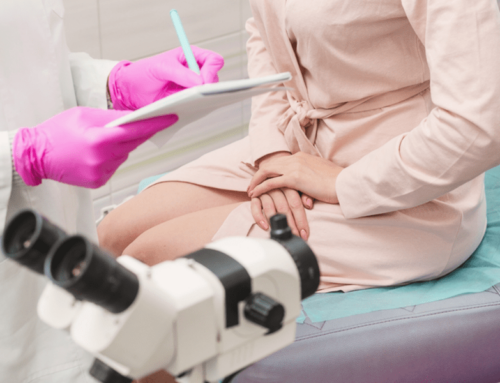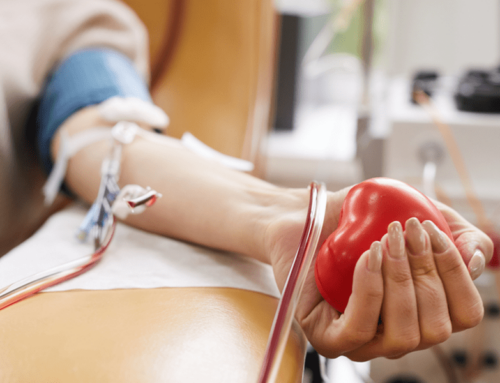Vulvovaginitis is a common gynecological condition that affects many women of reproductive age. It refers to the inflammation and irritation of the vulva and vagina, which can lead to discomfort, pain, and discharge. This condition can be caused by a variety of factors, including infections, allergies, hormonal changes, and irritants such as harsh soaps or laundry detergents.
While vulvovaginitis can be a minor inconvenience for some women, for others, it can cause significant discomfort and impact their quality of life. If you need gynecology in Jacksonville, Florida, regarding vulvovaginitis treatment, feel free to contact us.
What Does Vulvovaginitis Look Like
The appearance of vulvovaginitis can vary depending on the underlying cause of the condition. In general, vulvovaginitis is characterized by inflammation and irritation. This can lead to a range of symptoms, including itching, burning, and redness. Some women may also experience swelling or tenderness in the affected area.
In cases of bacterial vaginosis, which is a common type of vulvovaginitis, women may notice a thin, white, or gray discharge with a foul odor. The discharge may be more noticeable after sexual activity or during menstruation. Yeast infections, another type of vulvovaginitis, can cause a thick, white discharge with a cottage cheese-like consistency. In some cases, the affected area may also be swollen and red.
In cases of trichomoniasis, a sexually transmitted infection that can cause vulvovaginitis, women may notice a frothy, yellow-green discharge with a strong odor. The affected area may also be red and inflamed and women may experience pain or discomfort during intercourse. If you are experiencing any of these symptoms, seeking medical attention from a qualified gynecologist is vital. They can help diagnose the underlying cause of your vulvovaginitis and recommend appropriate treatment options.
Types and Symptoms of Vulvovaginitis

There are several types of vulvovaginitis, each with its own specific causes and symptoms. Bacterial vaginosis is one of the most common types of vulvovaginitis, caused by an overgrowth of certain types of bacteria in the vagina. The exact cause of bacterial vaginosis is not well understood, but factors such as douching, multiple sexual partners, and antibiotic use can increase the risk of developing the condition.
Yeast infections are another common type of vulvovaginitis caused by an overgrowth of a type of fungus called Candida. Yeast infections can be caused by a number of factors, including antibiotic use, pregnancy, and diabetes. Symptoms of a yeast infection include itching and burning in the genital area.
Trichomoniasis is a sexually transmitted infection that can cause vulvovaginitis. It is caused by a parasite that is spread through sexual contact. Women with trichomoniasis may also experience pain during intercourse and urination. If you are experiencing symptoms of vulvovaginitis, feel free to contact Trogolo Obstetrics and Gynecology in Jacksonville.
Causes of Vulvovaginitis
Vulvovaginitis can be caused by a variety of factors, including infections, allergies, and irritants. Infections are a common cause of vulvovaginitis and can be triggered by bacteria, fungi, or parasites. Above mentioned infections can spread through sexual contact, poor hygiene, or the use of certain medications such as antibiotics.
Allergies can also be one of the vulvovaginitis causes. Women may be allergic to products such as soaps, lotions, or detergents that come into contact with the genital area. Allergic reactions can lead to inflammation and irritation of the vulva and vagina, causing symptoms such as itching, redness, and discomfort. In some cases, women may be allergic to certain types of fabrics, such as those found in underwear or pantyhose.
Irritants are another common vulvovaginitis cause. Harsh soaps, douches, and feminine hygiene products can all cause irritation and inflammation in the genital area. Women may also experience this as a result of hormonal changes, such as those that occur during pregnancy or menopause.
How to Diagnose Vulvovaginitis
Here are the steps that your healthcare provider may take to diagnose vulvovaginitis:
- Physical Exam: Your healthcare provider will first perform a physical exam to examine the vulva and vagina for signs of inflammation, discharge, and redness. They may also collect a sample of vaginal discharge to examine under a microscope to determine the cause of the infection.
- Laboratory Tests: Depending on the results of the physical exam and the type of infection suspected, your healthcare provider may order additional laboratory tests to confirm the diagnosis. These tests may include a culture of the vaginal discharge or a blood test to check for sexually transmitted infections.
- Medical History: Your healthcare provider may also ask about your medical history and any recent changes in your health or lifestyle. This information can help identify potential risk factors for vulvovaginitis, such as the use of certain medications, the presence of underlying medical conditions, or recent sexual activity.
Vulvovaginitis Treatment

The treatment of vulvovaginitis depends on the cause of the infection. In most cases, the condition can be treated with over-the-counter meds or prescription medications prescribed by a healthcare provider. Here are some of the common types of vulvovaginitis treatment:
- Antifungal Meds: If it is caused by a yeast infection, antifungal medications such as miconazole, clotrimazole, or fluconazole may be prescribed. These medications can be applied topically or taken orally and work by killing the yeast cells.
- Antibiotics: If the vulvovaginitis is caused by a bacterial infection, antibiotics may be prescribed. These medications can be taken orally or applied topically; they kill the bacteria causing the infection.
- Other Medications: Depending on the cause, other medications may be prescribed. For example, antiviral medications may be used to treat a viral infection, or corticosteroids may be used to reduce inflammation.
In addition to medications, there are also some self-care measures that can help manage the symptoms of vulvovaginitis. These include wearing loose-fitting clothing, avoiding harsh soaps and perfumes in the genital area, and avoiding sexual activity until the infection has cleared up.
The Outlook
The outlook for vulvovaginitis is generally good, as the condition is usually treatable with medication and self-care measures. The severity and duration of symptoms can vary depending on the cause of the infection and how quickly it is diagnosed and treated. Here are some factors:
- Treatment: If the infection is promptly diagnosed and treated with the appropriate medications, symptoms can often be relieved within a few days to a week.
- Underlying Medical Conditions: If vulvovaginitis is caused by an underlying medical condition, such as diabetes or a weakened immune system, it may take longer to manage the symptoms and prevent recurrent infections.
- Lifestyle Changes: Making lifestyle changes, such as avoiding harsh soaps and detergents in the genital area or practicing safe sex, can help prevent future infections and improve the outcome.
If you believe you could be experiencing any of these symptoms, feel free to contact us at Trogolo Obstetrics and Gynecology in Jacksonville. Prompt reaction to any unusual changes and symptoms regarding your health can speed up the potential diagnosis and recovery process.





